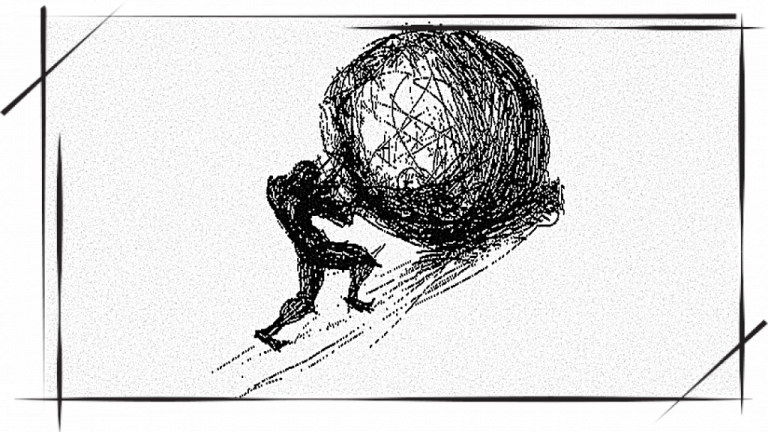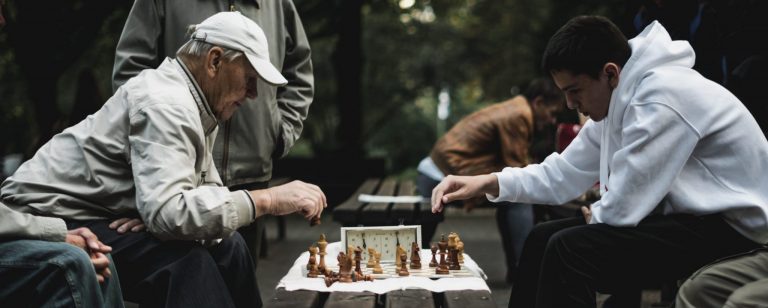A Roadmap to Address Issues Facing Urban Underserved Youth
Sometimes, young people value doing nothing over doing something.
Why? Because positive activities have never been presented to them in a way that addresses their values, which are often misplaced. Many urban youth see professional sports as a realistic job opportunity, define success as earning quick cash and see upward mobility as a goal for someone else. Viewing life through this lens, many cannot see their own limitations and do not have the ability to ask the right questions to change their life track. White-collar work is considered unachievable and blue-collar work is considered beneath them. Many are afraid of failure, or will say they don’t want to be a statistic. But often, underserved youth often don’t truly understand how to avoid that outcome.
We need to continue to push for collaboration among after-school programs, to leverage resources, create a network of providers across the city, launch a system that will allow children to find out information about programs, and put the right support structure in place to fully engage the families of our youth.
After-school activities can play an important role in this scenario, selling the concepts of academics and upward mobility via a vehicle that youth are engaged in and value. By appealing to a young person’s current value system, after-school programs can ultimately change those values and make future success much more likely.
To help bridge the values gap, volunteers and staff in after-school programs are the cornerstone. Good intentions are great and needed, but without the correct drive and passion, the work of volunteers and staff is just glorified babysitting. Good staff members need self-fulfillment and satisfaction, and they also need to communicate properly with youth in order to help create more positive, realistic values.
Funders want statistics and outcomes—attendance, data, scalability, and replication are the name of the game. They want a winner, and need to identify the winners by a narrow set of indicators. They understand that all programs “care about kids,” but questions of cost are ever-present because dollars are scarce and resources limited.
One example of positive relationship-building is at Chicago Training Center, which trains urban youth in the sport of competitive rowing. Here, volunteer coaches engage in one-on-one mentoring with participants. Each of the 16 coaches focuses on fostering a positive out-of-school relationship with a few participants, to explore what is happening in their lives and support them during the critical teen years. Using rowing as a very real metaphor for self-improvement, each mentor discusses goal-setting, plans for improvement, and how to overcome barriers (real or imaginary) to plot an achievable course for success. Since rowing in an “alternative” sport, we use the veil of “athletics” in general to direct the teens’ focus to travel, education, scholarships, and life experiences – things that all youth can wrap their heads around. With their interest piqued – something that can be achieved by any after school activity with the right leaders – we have an unlimited ability to positively impact the young people who participate in our program.
To recreate this success, leaders in after-school programs need to be supported and given the tools they need to develop skills to help underserved youth.
Accomplishing this will take adequate money and resources, so funders are a critical component of the equation. Funders want statistics and outcomes—attendance, data, scalability, and replication are the name of the game. They want a winner, and need to identify the winners by a narrow set of indicators. They understand that all programs “care about kids,” but questions of cost are ever-present because dollars are scarce and resources limited.
So how do we align visions to ensure that thousands of kids who are currently doing nothing after school get involved in something? To achieve this goal, we must figure out how to maximize the work of staff members, keep funders engaged and fully support youth.
Optimistically, I think the time is right. Chicago is ready for a seismic shift in how to work with school-age children. The “village” required to raise a child is actually a city ripe for that challenge. We need to continue to push for collaboration among after-school programs, to leverage resources, create a network of providers across the city, launch a system that will allow children to find out information about programs, and put the right support structure in place to fully engage the families of our youth.
If we as a city start to make moves in this direction, we would begin to see a significant lowering of the drop-out rate and of youth violence, and an increase in higher education placement. The city would get a much-needed breath of fresh air from our younger generation.
Epilogue
Since this was published the narrative remains eerily similar. Upward mobility has been affected by constant moving of the goal posts in primary and secondary education, the income gap in America is only getting wider, and embedded networks have thwarted many attempts at meritocracy. However; millennials – as a whole – have taken a stronger stance on social issues than previous generations and the current political landscape is resulting in more meaningful debate between groups. I remain the eternal optimist that value will ultimately be seen in embracing the delayed gratification and the meritocracy argument and, as a result, we will see a sea level rise for all.
About Spotivity
Be #neverbored again by using the spotivity app and find activities that fit your needs. We help you find programing that can lead to your passion. Whether that is an art program to practice graffiti, a sports program to engage in competition, an education support class to improve your grades, or just finding someone to talk to – spotivity has your back. Backed by research and continually informed by users, spotivity is the tool to help you unlock your world and expand the list of options you can take advantage of.







